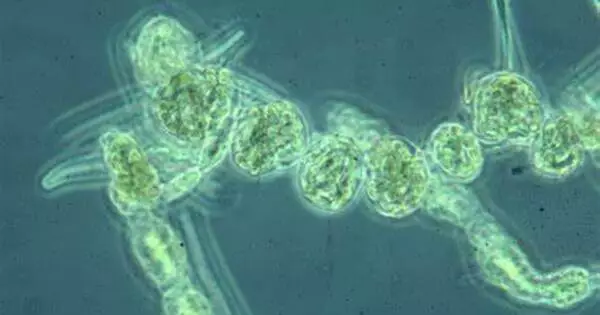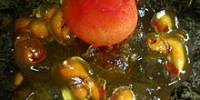Cyanobacteria are a phylum of gram-negative bacteria that obtain energy through photosynthesis. These, also known as blue-green algae, are a type of photosynthetic bacteria that play an important role in the Earth’s ecosystems. The name cyanobacteria refers to their color (from the Ancient Greek κύανoς (kúanos) ‘blue’), which also serves as the basis for the common name blue-green algae, despite the fact that they are not usually scientifically classified as algae. They are among the world’s oldest organisms, dating back more than 3 billion years.
Cyanobacteria can be found in a variety of environments, including oceans, freshwater, and terrestrial habitats. They appear to have evolved in a freshwater or terrestrial setting. The paraphyletic and most basal group, Sericytochromatia, is the ancestor of both the non-photosynthetic Melainabacteria and the photosynthetic cyanobacteria, also known as Oxyphotobacteria.
Photosynthetic pigments, such as carotenoids, phycobilins, and various forms of chlorophyll, are used by cyanobacteria to absorb light energy. Cyanobacteria, unlike heterotrophic prokaryotes, have internal membranes. Photosynthesis takes place in these flattened sacs called thylakoids.
Key characteristics and features of cyanobacteria:
- Photosynthesis: These are capable of photosynthesis, which is the process by which sunlight is converted into energy. They contain pigments like chlorophyll a, which gives them their distinctive blue-green hue.
- Cell Structure: These have a basic cellular structure with no membrane-bound nucleus. Instead, their genetic material is distributed throughout the cytoplasm. Some species also have specialized structures, such as heterocysts, which fix nitrogen, and akinetes, which are resistant cells that help the organism survive in harsh conditions.
- Ecological Importance: These are critical components of the carbon and nitrogen cycles. They make a significant contribution to oxygen production via photosynthesis. Furthermore, some cyanobacteria are capable of fixing atmospheric nitrogen, converting it into a form that other organisms can use.
- Colonial and Filamentous Forms: These can exist as single cells, colonies, or filaments. Some species form colonies with a gelatinous sheath that provides protection and buoyancy. Filamentous forms are common, and these filaments can create visible mats or scums on the surface of water bodies.
- Toxic Blooms: Under certain conditions, cyanobacteria can undergo rapid population growth, forming blooms. Some cyanobacteria produce toxins, known as cyanotoxins, which can be harmful to other organisms, including humans and animals. These harmful algal blooms (HABs) can have detrimental effects on water quality and aquatic ecosystems.
Phototrophic eukaryotes, such as green plants, perform photosynthesis in plastids that are thought to have evolved from cyanobacteria through a process known as endosymbiosis. These endosymbiotic cyanobacteria in eukaryotes then evolved and differentiated into specialized organelles known as plastids, which include chloroplasts, chromoplasts, etioplasts, and leucoplasts.
While cyanobacteria play important roles in ecosystems, it is critical to manage their proliferation in bodies of water to avoid the negative effects associated with harmful algal blooms. It is critical to monitor and understand their dynamics in order to maintain environmental health.
















